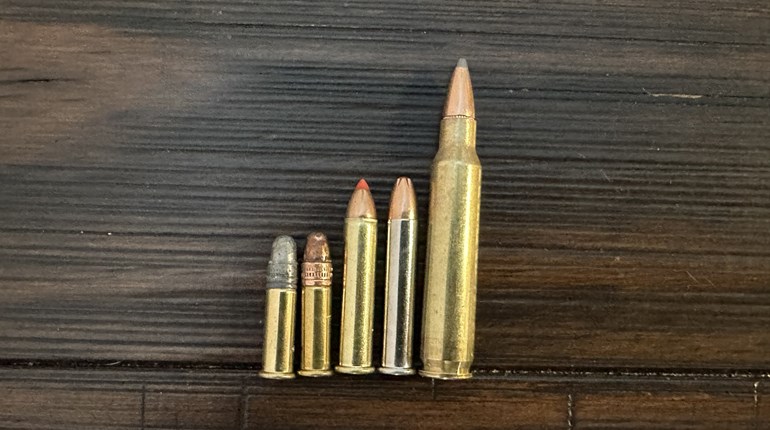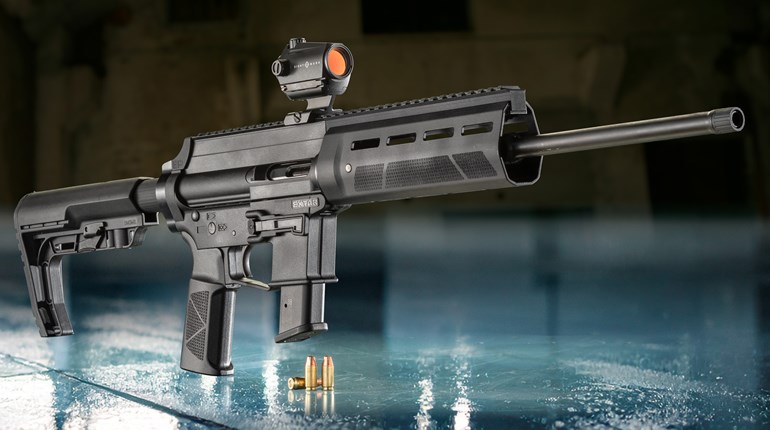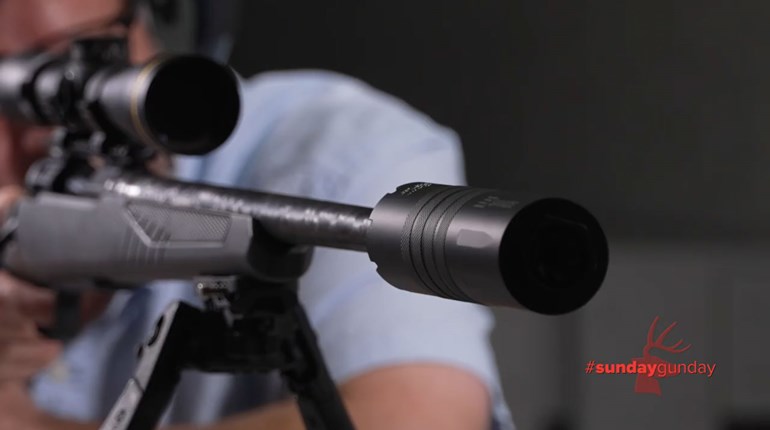
We’ve all heard the debate about the ideal firearm of choice for home defense between an AR-type rifle and a handgun. Each platform has its merits, but both come up short to a lesser-known platform: a pistol-caliber carbine, or “PCC” for short. Before we dive into the reasons why a PCC takes the cake, let’s look at what exactly a PCC is, just so we’re all clear on why this platform is ideal for home defense.
What is a PCC?
In simple terms, it’s exactly what it sounds like: a carbine-type firearm chambered in a pistol caliber (technically it should be a pistol cartridge, but I digress). But it’s more than that. The entire operating system is changed to fit those cartridges, as most pistol rounds (barring big magnum handgun cartridges like the .454 Casull, .460 and .500 S&W magnums) create far less pressure, have shorter cartridge overall lengths, run from different magazines, etc. So really, a PCC is almost an entirely different gun, rather than a modified version of an AR, which is why it’s been given its own category as a PCC.
Why a PCC?
Now that we’ve defined the gun itself, what makes it better than the other options listed above? A few big-picture things: weight and size, accuracy and design. Each one of these aspects allows it to outperform rifles and pistols, making it an ideal firearm for the defense of your home.
Weight
Weight plays a significant part in how and why a PCC functions so well as a home-defense firearm. Comparing the PCC against the other categories, PCCs tend to fit between a carbine and a pistol as far as weight; an AR and other rifles are chambered for larger cartridges, which require more material for safe operation. A bigger cartridge also means a larger operating system (larger bolt, magazine, etc.). ARs use more parts to function compared to a pistol or PCC, which often run on simple blowback operation. On that topic, weight also helps with …
Recoil Mitigation
While weight can be cumbersome, there are upsides to having some heft – weight can be a benefit, as it helps cut recoil. No one wants to shoot a lightweight .308 Win. for home defense (other reasons beside recoil exist; we’ll touch on those later). The PCC strikes an ideal balance because they’re heavy enough to provide ample recoil control, but not so heavy that shooting them well takes a lot of strength.
Muzzle Rise
Related to recoil is muzzle rise. The longer a barrel, the less muzzle rise or "jump" a gun has in recoil due to the front-heavy nature of a gun with a longer barrel. It’s why pistols are so whippy and snappy. Shooting a low-recoiling round, like a pistol cartridge, from a long barrel means muzzle rise won’t be nearly as noticeable.
Follow-Up Shots
Tied to minimal muzzle rise are follow-up shots. The faster one can bring the muzzle down after one shot, the faster the shooter can get back on target for a second shot – or third, fourth, etc. if necessary.
Cycle Rate
This only matters when milliseconds count, but in a home-defense scenario, that may be the case. Cycle rate is what allows for fast follow-up shots in the mechanical sense of the gun’s function. Because PCCs fire pistol cartridges rather than rifle cartridges, the guns cycle a tad faster because the distance the bolt must move to extract a spent shell and load another one into the chamber is overall shorter. Could this make a legitimate difference? More than likely, no. But it’s certainly an advantage in getting multiple rounds off if necessary.
Anchor Points
The benefit of long guns in home-defense scenarios is that they provide more points of contact between the gun and the shooter, in turn allowing for better recoil control due to larger surface area (e.g., the torso/chest/shoulder of the shooter), compared to a smaller surface area (the palms and wrists of the shooter) taking the brunt of the recoil energy.
More anchor points also likely increase accuracy due to increased stability while aiming and shooting, and a decrease in fatigue. We’ve all done the test where you hold a book away from your body with your arms straight versus holding a book close to your body; your arms get tired, and fast. While a pistol doesn’t strain the muscles in the same way a larger object would, having more anchor points – especially with the main one being close to the body – fatigue is minimized, while support is increased.
Sight Radius
Pistols, especially those designed for concealed carry, are great for just that--carrying. But all have a fatal flaw: A short sight radius. For those unfamiliar with the term, sight radius is simply the distance between the front sight and the rear sight, and this term applies to all firearms. It’s important because it can greatly influence accuracy; shorter sight radiuses typically don’t help with accuracy because with a shorter radius, slight variations in sight picture aren’t as noticeable when shooting. But as the distance between the front and rear sight grows, those variations become more noticeable – and can be corrected for – thereby improving accuracy.
Movement is the bane of sight picture, and shooters notice movement more with a longer sight radius. PCCs give you that long sight radius. While in a home that might not be necessary, but shot placement in self-defense counts for a lot if something or someone is trying to harm you.
Optimal Ballistics
The PCC excels here compared to rifles and pistols for several reasons. The longer barrels on PCCs don’t just help with recoil properties; they also help with increasing bullet speed. But the projectiles don’t speed up to the same extent that a rifle cartridge propels bullets. For example, say the average .45 ACP cartridge is traveling around 900 fps. That’s worth something, sure, but when shot out of a PCC, it gains a couple hundred fps, making it more likely to penetrate fully.
It’s also more likely to ensure bullet performance if you’re shooting a hollowpoint bullet, like those found in the Nosler ASP rounds, because more velocity means the bullet is more likely to open on contact. And while speed does mean increased penetration typically, it still won’t equate to rifle levels of penetration, meaning your round will most likely stay inside your home, so there’s less chance of negative liabilities, due to its diminished case capacity. After all, it’s still a pistol round.
Accessories
Lastly, because PCCs are typically built on AR-type platforms, PCCs often allow for a much wider range of accessories than your average pistol. Optic variety is much more compatible, including closed red-dots and magnified optics – and none of these different red dots or scopes can be mounted on a pistol. Lights and lasers are much more adaptable on the M-LOK or quad rails found on most PCC forends than a short, stubby, single-position 1913-style rail under the barrel of most pistols. And if you want even more recoil control, you can add a vertical grip; you legally can’t do that with a pistol (ask the ATF what penalty that carries).
Even better, suppressors can be used, too. That's because the bullets aren’t traveling at rifle speeds, and PCCs don’t require the use of additional parts like some pistols do when using suppressors to allow the firearm to cycle properly.
PCC or Bust?
I’m not going to tell you that you’re wrong if you decide to go with a handgun or a full-on rifle for home defense, but a PCC blends the best of both worlds, and should definitely be considered if you’re in the market for what many would argue is the ideal platform on which to base your home-protection plan.







































